HR professionals are tasked with creating and implementing employee retention strategies. They do this through a process of analysis and evaluation, with both broad-based and targeted initiatives.
Providing opportunities for growth and training can help ensure that employees are satisfied with their work, which reduces the risk of them leaving to pursue new professional opportunities. Offering competitive compensation and benefits is also important.
Employee Well-being Initiatives
Offering employee well-being initiatives shows employees that the company genuinely cares about their health, happiness, and personal growth. In turn, this boosts job satisfaction and promotes a healthy work culture.
Provide a wide range of wellness options to cater to different needs and preferences. For example, parents with young children may value reliable child care services, while single millennials might find group nature hikes meaningful and rejuvenating. Maintain strict confidentiality protocols for programs involving mental health support and other sensitive issues.
Encourage participation in wellness initiatives by promoting them via internal communication channels, and providing executive search incentives and flexible scheduling to make them accessible for everyone. Additionally, make sure that programs are designed to meet the specific needs of each demographic, such as fitness classes for older workers with physical limitations.
Flexible Work Arrangements
Providing employees with options that allow them to work on their own schedules can help them maintain productivity and stay engaged in the workplace. This flexibility also allows employers to retain key talent and attract a wider range of applicants.
Some flexible work arrangements include telecommuting, compressed workweeks, telework co-ops, part-time positions, job sharing and phased retirement programs. Many HR companies find that offering these alternatives can increase employee morale, improve work-life balance and promote healthy lifestyles.
However, it is important to note that the use of these options can present unique challenges for employers. For example, it is important to ensure that all flex-work arrangements comply with ACA and ERISA requirements, as well as local laws related to workers’ compensation, discrimination, independent contractor status and employee privacy. HR teams should also make sure that the company’s flexible work policy is clear, consistent and well documented in order to avoid legal issues. This is especially important during times of increased public scrutiny.
Recognition and Rewards Programs
HR leaders face the challenge of ensuring that employee recognition and rewards programs align with company goals and values. Employees who feel valued and appreciated for their hard work are more likely to stay with a company.
Employee rewards and recognition programs can take many forms, from monetary incentives like bonuses and salary increases to non-monetary recognition like birthday or anniversary celebrations and personalized thank you notes. These kinds of programs can be especially effective when they’re combined with feedback tools that provide a continuous stream of insights about how employees feel about the program, such as pulse surveys and always-on feedback channels like AI-powered HR chatbots.
Even with the best employee retention strategies in place, turnover is inevitable for some people, as they find other jobs that better fit their career goals and personal needs. That’s why HR companies should focus on reducing turnover rather than trying to prevent it altogether. It’s much less expensive to keep an engaged, satisfied worker than it is to recruit and train a new one.
Promoting Diversity and Inclusion in the Workplace
Incorporating a diverse workforce has been proven to boost productivity and customer satisfaction. In addition, a variety of viewpoints and experiences create better collaboration within teams. To foster a culture of inclusion, HR departments can introduce diversity training and employee resource groups.
They can also review their hiring practices to ensure that employees are not unfairly disadvantaged. For example, if only one demographic dominates leadership roles in the company, it may be time to consider adding some new faces at the top.
Compensation and perks are another important factor that HR professionals need to keep in mind when attracting and retaining employees. Ideally, employees should be paid a fair wage that is competitive with the market and industry standards.
When assessing an organization’s compensation and benefits, HR managers should also take into account regional differences in costs of living, cultural preferences and labor laws. They can then offer a balanced and attractive package that will appeal to candidates in their market.
